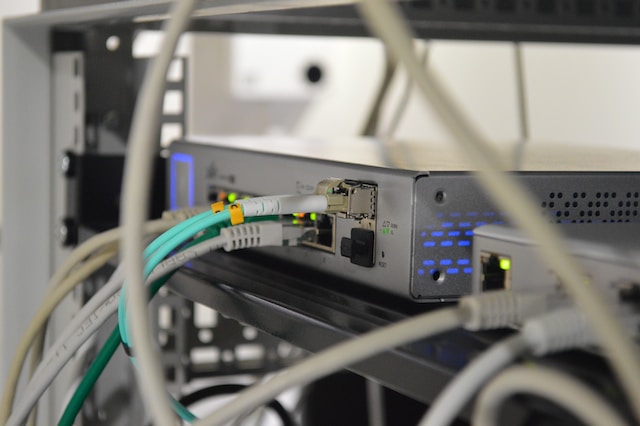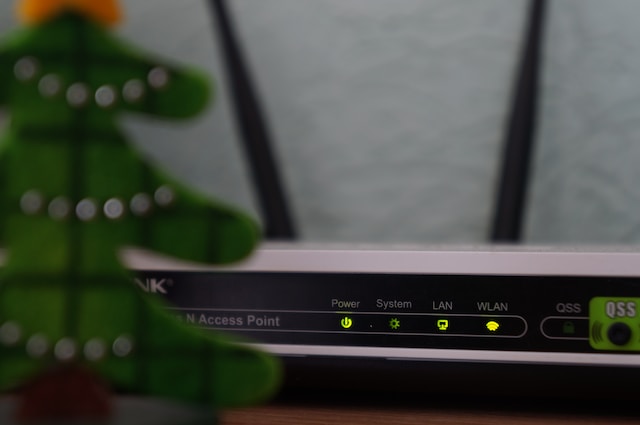Advertise Router’s IP in Addition to User-Specified DNS
When setting up a network, one of the key components is the router. The router serves as the central hub that connects all devices within the network to the internet. In addition to its primary function of routing network traffic, a router can also provide important information such as its IP address. This document will explain the importance of advertising the router’s IP address, in addition to the user-specified DNS (Domain Name System).
The router’s IP address is a unique identifier that allows devices within the network to communicate with each other and access the internet. When a device wants to send or receive data, it needs to know the IP address of the router to establish a connection. By advertising the router’s IP address, it becomes readily available to all devices within the network.
One common way to advertise the router’s IP address is through the use of DHCP (Dynamic Host Configuration Protocol). DHCP is a network protocol that automatically assigns IP addresses to devices within a network. By configuring the router to act as a DHCP server, it can provide IP addresses to all devices that connect to the network.

In addition to the user-specified DNS, the router can also offer its own DNS service. DNS is responsible for translating human-readable domain names (e.g., www.example.com) into IP addresses that computers can understand. By providing its own DNS service, the router can help devices within the network resolve domain names without relying on external DNS servers.
Having the router advertise its IP address in addition to the user-specified DNS has several advantages. Firstly, it ensures that all devices within the network have access to the router’s IP address, which is essential for establishing connections. Secondly, by offering its own DNS service, the router can provide faster and more reliable DNS resolution within the network. This can improve the overall performance and efficiency of the network.
To enable the router to advertise its IP address and offer its own DNS service, users need to access the router’s configuration settings. The exact steps may vary depending on the router model, but generally, users can access the router’s settings by entering the router’s IP address in a web browser. Once logged in, users can navigate to the appropriate settings section and enable the DHCP server and DNS service features.
In conclusion, advertising the router’s IP address in addition to the user-specified DNS is crucial for establishing connections within a network. By configuring the router to act as a DHCP server and offer its own DNS service, users can ensure that all devices within the network have access to the router’s IP address and benefit from faster and more reliable DNS resolution. Taking these steps can greatly enhance the overall performance and efficiency of the network.

